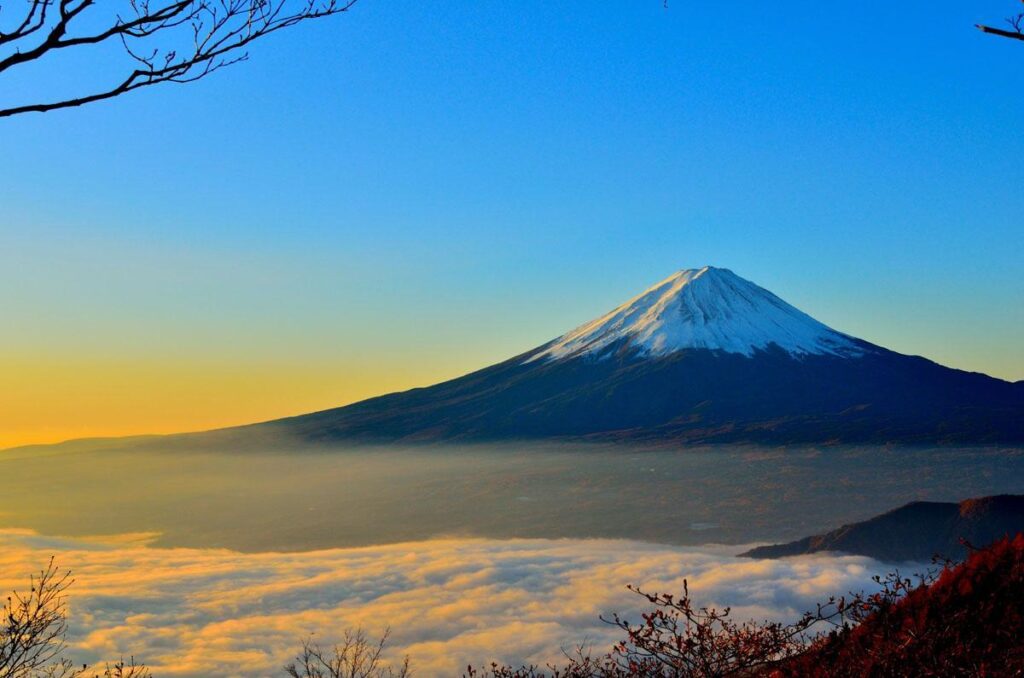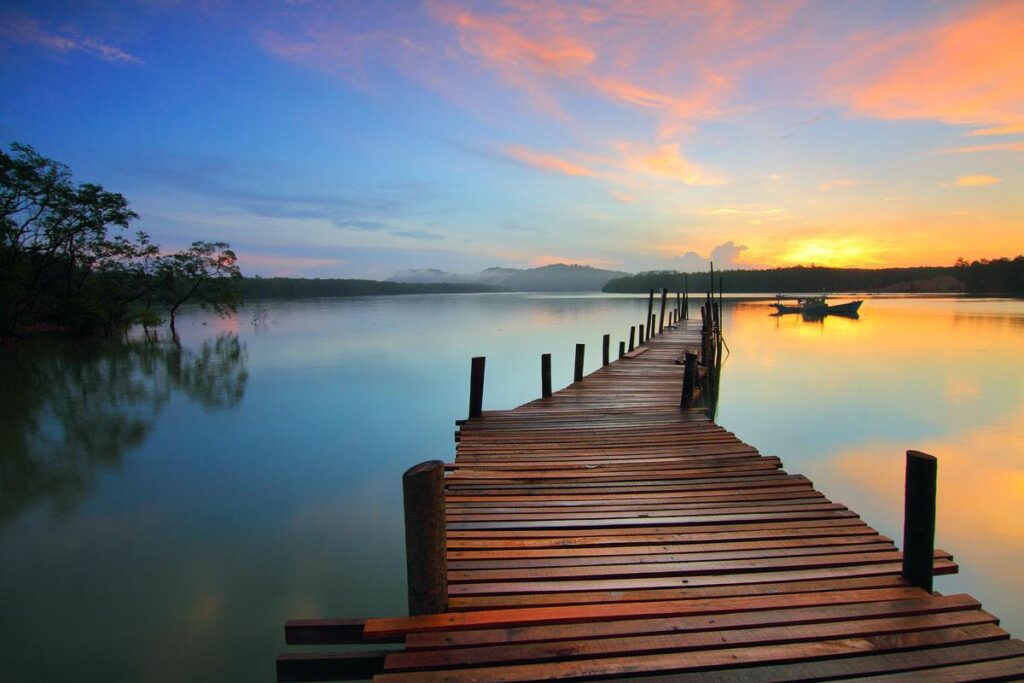Now a days I noticed that maximum photo enthusiasts are fond of landscape knowingly or unknowingly. From point and shoot to DSLR camera users mainly framed maximum pictures of their family, if they are visit a place and some scenic beauty.
Our world is really full of wow scenes. A good landscape picture should make a connection with the viewer and tell you a story. A landscape is a section or portion of scenery as seen from a single viewpoint. Scenery is the subject of a landscape image. Typically, people and animals are not shown in a landscape, unless they are relatively small in the image and have been included in the composition to show scale.
So, a natural scenery dominates the total frame where a silhouette of a person or a house present in a very small percentage area of the frame and produce an excellent image of nature’s beauty is called landscape.
There are three styles of landscape photography available till date. They are as follows:
- Representational
- Impressionistic
- Abstract

The first one is WYSWIG (What You See What You Get) style. Here what you see, capture in your camera without any manipulation or artifice. Here the photo artists concentrate on composition, frame, detail, time, weather etc. no props or components are used in this style.
The second one is artifice quality. Here the photo artists manipulate the frame to represent his/her viewers with more vague or elusive effect. Presently maximum viewers like these styles rather than the clear reality one. You can use UV filter for cutting the glare of high altitude uv rays.
Abstract represents natural elements may be rendered as unrecognizable or almost so. Shape and form take priority. Elements may be juxtaposition for comparison or contrast, isolated by extreme close-up, reduced to silhouettes by severe underexposure, and so on. Design is more important than recognizable representation.

Thank you Pexel for freely sharing these photographs. Thank you Pixabay and Pok Rie for these awesome photographs.
